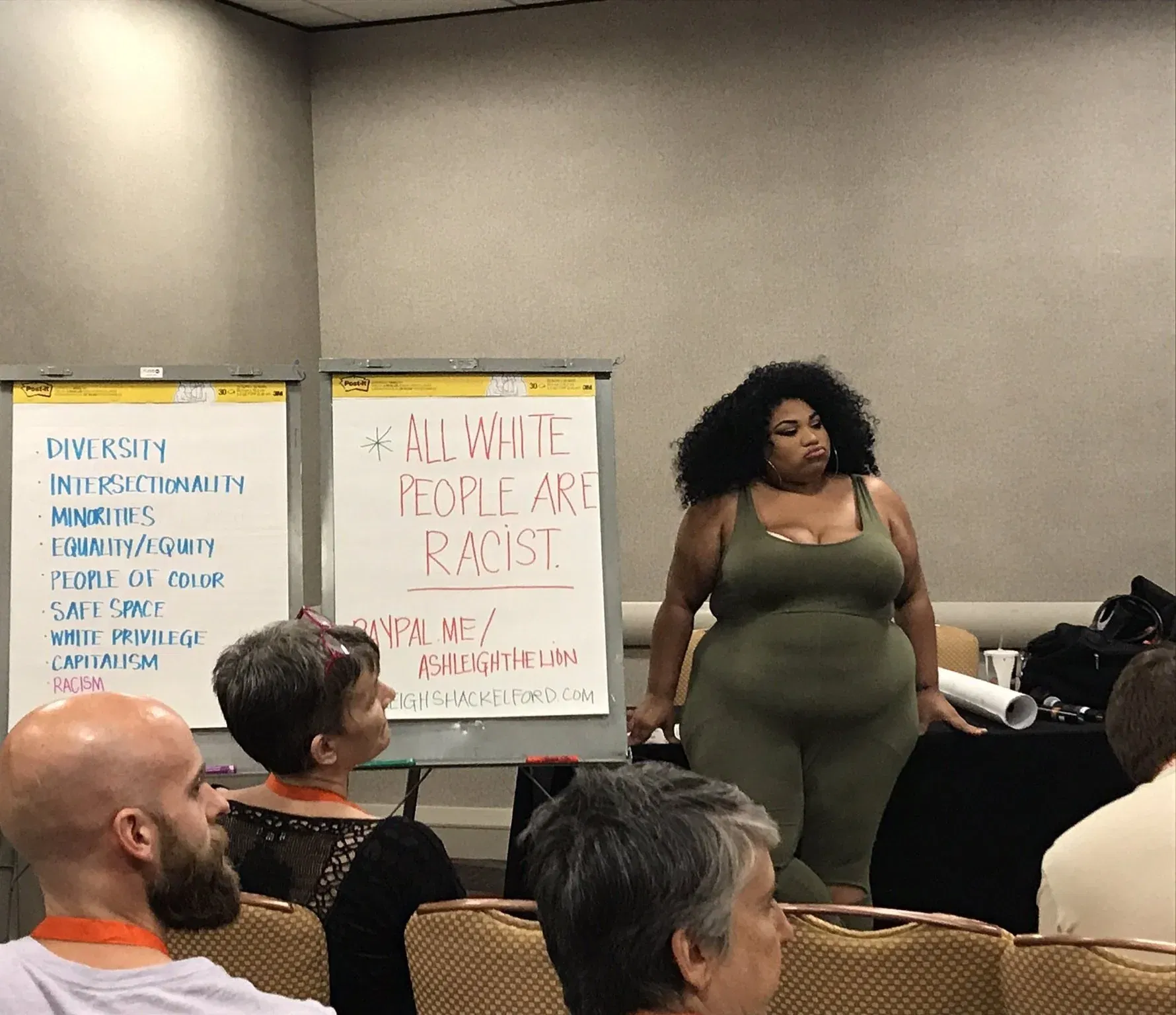From the desk of Harsh Strongman
Subj: Personal Problem Solving (Life problems solved with real examples)
In the spirit of LMM, i.e., action over reading, let’s get right down to the meat, skip the introduction, and talk about how to solve problems in life.
Step 1: Isolate the Problem from Your Personal Story
Most people have very similar problems that have very similar solutions. Unless you’re a physicist, the problem you’re dealing with has been dealt with by many people before you.
The only reason you think your problem is unique is because of the personal narrative you attach to your problem.
For example, take a story:
“boo hoo I was bullied in school …. boo hoo this led me to be insecure and compensate by eating …. boo hoo and I can’t stop eating when I’m bored or sad or feeling down …. and I’m fat and obese, and no one likes me …. girls won’t talk to me because I’m fat and everyone makes fun of me… I don’t know what to do I feel trapped boo hoo”
An individual like this feels that his problem is enormous because of all the emotions and background story he applies to it.
But when you cut out all the narrative and “past dramatic history”, you see the problem is not a big problem at all! The problem is simple:
He’s fat and it’s affecting his self-esteem.
Now that is a solvable problem. And it’s not a unique or special problem at all; it’s a very common problem with readily available solutions.
Another example:
“I’m extremely intelligent but I can’t seem to make any friends boo hoo my social life sucks boo hoo I run a business and make money but I can’t figure out my personal life boo hoo I feel lonely boo hoo I have no girl boo hoo”
The mind tends to do this. It attaches your identity to the problem. In this case, it’s a high IQ guy who makes good money but he hasn’t worked on his social skills because he was busy with his business (not uncommon).
Although he’s doing well in life, he feels his life is empty because of a long term lack of companionship and family.
Getting his personal identity and backstory out of the way, his problem is simple:
His social skills aren’t good and he doesn’t have a good social life. This is understandably making him feel lonely and alone.
This is a solvable problem. And neither unique nor unusual.
Once you remove the personal narrative around your problem, you can more clearly look at the problem itself (and it’s usually an opportunity to learn something about yourself too!).
Then we move on to solving it.
One final example:
“I was born in a rural family boo hoo so I didn’t get the chance to learn English properly boo hoo I can’t find a high paying job boo hoo my life sucks boo hoo I wish I was born in a city…”
Here’s the refined problem:
His English is not fluent and it’s affecting his presentation both socially and professionally.
We will cut out all the identity and personal information about you and your life and focus on just your problem.
Step 2: Solving the Identified Problem
Now we go on to actually solve the problem we identified.
This will involve some research and a calculated trial and error based execution.
You will make a list of possible solutions to your problem after doing some research (online or offline) and execute the ones that you think will work for you.
In case you find that a particular solution doesn’t work for you, you try another one. As I said, calculated trial and error.
To continue our previous examples:
Problem: I’m fat and it’s affecting my self-esteem.
Solution A: Starting tracking calories and minimizing calorie intake and adding a 30-minute cardio session each day.
Solution B: Start intermittent fasting (skipping breakfast) and start lifting weights.
Solution C: No tracking calories but only eating clean foods from now on. High protein foods and eating till satiation. No junk food.
Solution D: Surgical methods like liposuction, etc.
(Side-note: If discipline and weight is your problem, take the Live Intentionally: 90 Day Self-Improvement Project.)
Problem: My social skills aren’t good and I don’t have a good social life. This is making me feel lonely and alone and thus affecting my mental well-being.
Solution A: Read How to Win Friends and Influence People and The Book of Pook and start applying the principles and techniques to every single person you come across.
Solution B: Take up a social hobby such as football to meet new people and make new friends. Alternatively, join a Toastmaster’s club.
Solution C: Using tinder to get dates and using dates to practice social skills on women you have the option of never seeing again. This way, there are no social consequences for messing up (since you’re not a celebrity).
Solution D: Join an entrepreneurs group to build friendships and business contacts with like-minded people you can relate to.
Problem: My English is not fluent and it’s affecting my presentation both socially and professionally.
Solution A: Join an English class.
Solution B: Read a long novel like Harry Potter and watch some English TV shows to get a hang of the pronunciations and language flow. (I would recommend avoiding sitcoms as they will make you a beta male. I’d prefer you watch something like Burn Notice that’s more masculine.)
The key to this step is action. You will not spend half your time “researching”. You will spend a short time researching and then take fast action. Action is the part of life that produces results.
And then you will see whether you are getting the results you want or not. If not, you will implement a different solution.
You might decide to work harder and blend and execute two or more solutions at the same time. This is good. It means you are taking action.
The last thing you want to be doing is sitting around and regurgitating your negative emotions surrounding your problems.
Regurgitating your emotions over and over again only weakens your resolve and does not help one iota with solving your problem.
RESIST THE URGE TO REGURGITATE YOUR NEGATIVE EMOTIONS.
Once you have solved the core problem, here comes step 3.
Step 3: Fixing Your Insecurity and Mental Image
This isn’t something you can “do,” but it’s essential that you make a mental note of this: Just because you solved your core problem does not mean that the mental narrative and the self-image you had associated with your problem will suddenly go away.
Your mental image of yourself takes a few months to change even after you’ve fixed the problem completely.
Anyone who’s lost a lot of weight knows this. Even when you’re thin, you still “think like a fat person”, and it takes time and a lot of compliments for your brain to accept that you’re fit now.
Here’s what you want to do: once you’ve fixed your main issue, you want to mentally note that the problem is gone and whenever the old self-image comes into your head, remind yourself that this image is not you anymore.
And in time, your brain will accept the new reality. Once that happens, your problem is finally solved.
You can use this framework for almost every long-winded problem that strikes your life, especially ones that developed over many years and have become ingrained in your thought patterns.
That’s all for today! Hope this helps.
Your man,
Harsh Strongman










![Traits Women Find Attractive Traits Women Find Attractive (And How to Score Yourself) [PART 1: Physical Aspects]](https://lifemathmoney.b-cdn.net/wp-content/uploads/2025/11/Traits-Women-Find-Attractive-1.jpg)







































































